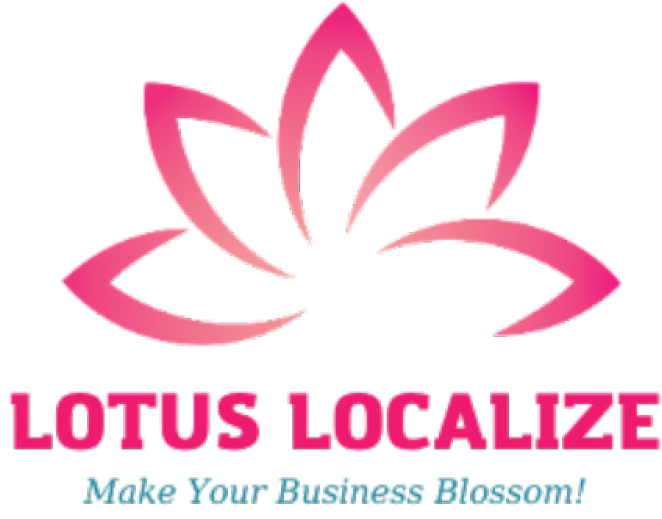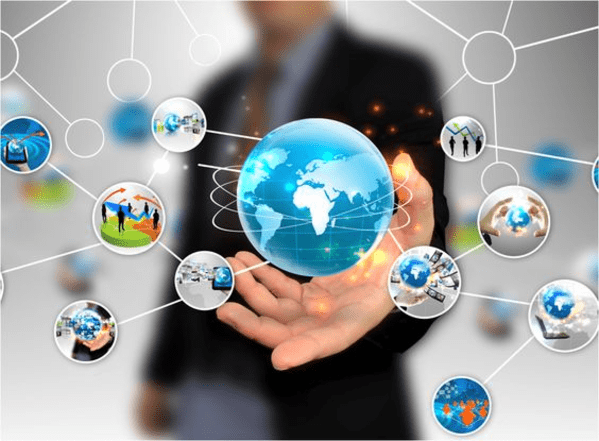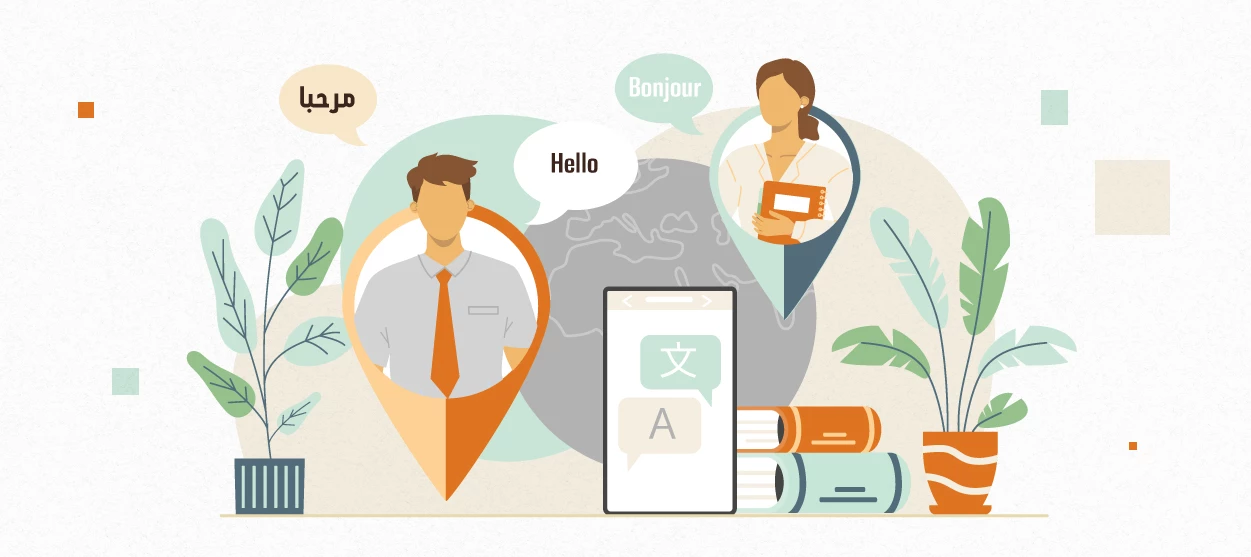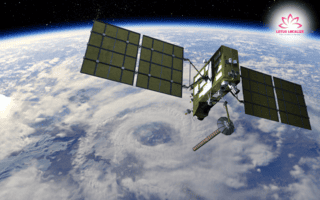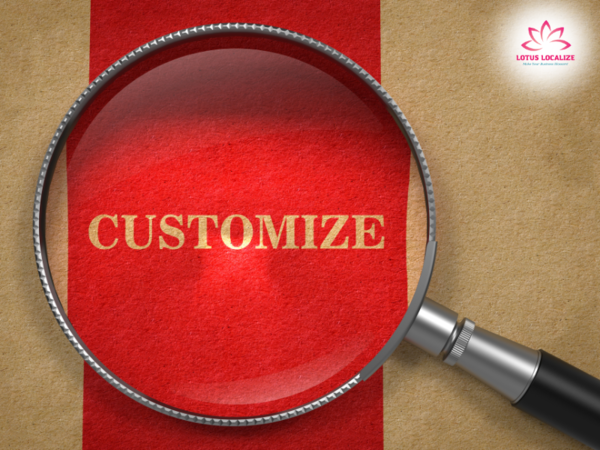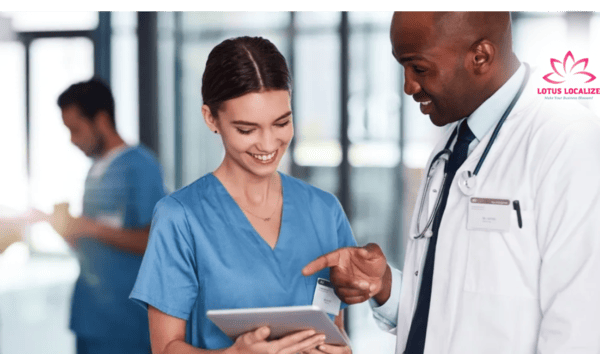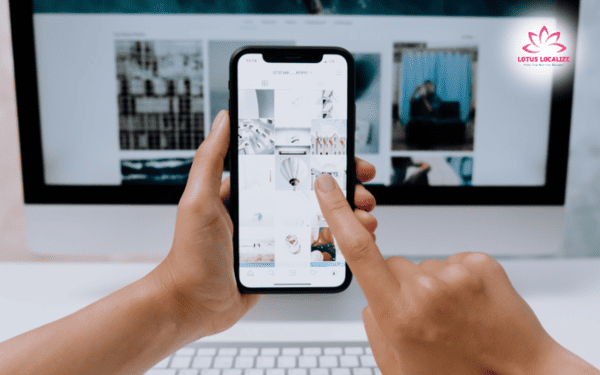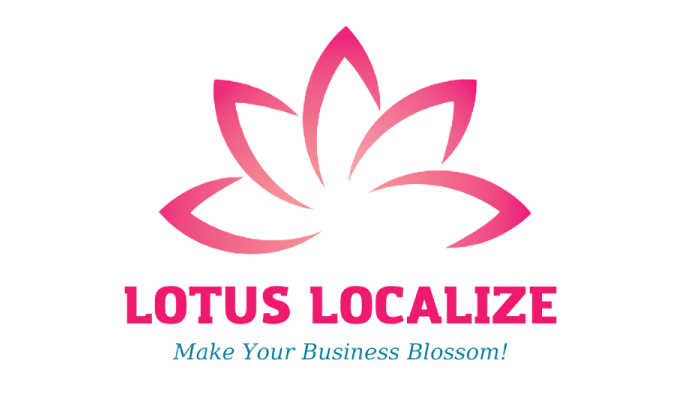
Why accurate medical education translation is critical in global healthcare
In today’s rapidly evolving medical landscape, education is no longer confined by borders. Whether it’s a physician in Brazil learning from a surgical procedure performed in Japan or a nursing student in Kenya studying via a U.S.-based e-learning module, access to medical education has become truly global. But to ensure that this exchange of knowledge is effective and safe, medical education translation plays a vital role.
Translating medical training content is not just about changing words from one language to another — it’s about preserving the integrity, accuracy, and applicability of knowledge that directly impacts patient care. This article explores why precise medical education translation is indispensable and how it helps build a globally competent healthcare workforce.
What is medical education translation?
Medical education translation refers to the process of translating training content, academic materials, and instructional resources used in the education and continuing education of healthcare professionals. This may include:
- Medical textbooks
- Clinical guidelines
- E-learning modules

- Simulation videos
- Exams and certification tests
- Interactive training tools
Unlike general medical translation services focused on patient records or research papers, this type of translation is education-centered, requiring not only medical knowledge but also familiarity with academic and instructional design principles. The goal is to make high-quality training content linguistically and culturally accessible across different regions, without compromising educational integrity.
Read more: Understanding the importance of laboratory report translation in global healthcare
The role of medical education translation in global healthcare
Medical education is no longer localized. Global health partnerships, international medical missions, and cross-border telemedicine initiatives all require healthcare providers to share standardized knowledge. Medical education translation enables this by:
Standardizing clinical training across borders
By translating curricula and training modules, institutions ensure that healthcare professionals receive consistent education regardless of geography. This is especially critical in fields like surgery, emergency medicine, or infectious disease control where precision is non-negotiable.
Supporting multilingual healthcare education
As medical schools and institutions expand globally, many are offering training to non-native English speakers. Translating educational resources into languages such as Spanish, Arabic, Vietnamese, or French removes language barriers, helping more students succeed in medical programs.

Enhancing access to continuing medical education (CME)
With global health evolving at a rapid pace, CME is a requirement for most licensed professionals. Translating CME modules allows doctors and nurses worldwide to stay current with new treatments, technologies, and protocols.
Bridging healthcare gaps in developing regions
Access to reliable training materials in local languages enables better training for healthcare workers in underserved areas. This directly contributes to improved patient outcomes and healthcare system resilience.
Together, these benefits highlight how medical education translation is more than a linguistic service — it’s a strategic enabler of global health equity. By ensuring that critical knowledge is accessible, accurate, and culturally appropriate, it helps build a more competent and connected healthcare workforce worldwide.
Common challenges in medical education translation
Despite its benefits, translating medical educational materials presents unique challenges that demand specialized expertise.
Complex terminology and fast-evolving content
Medical science evolves constantly, and with it, new terms, drug names, and procedures emerge. Translators must keep up with developments and ensure accuracy in both language and meaning.
Diverse pedagogical and cultural contexts
The way medical knowledge is taught in one country may differ greatly from another. Translators need to be aware of cultural nuances, educational methodologies, and professional standards specific to the target audience.

Technical content formats
Educational content often includes graphs, video captions, interactive slides, and voiceovers. Translators must handle multimedia localization — subtitling surgical training videos, translating interactive modules on LMS platforms, and ensuring consistency across all formats.
Ensuring consistency and compliance
Whether it’s a 500-page textbook or a 5-minute explainer video, consistency in terminology and tone is essential. Moreover, translations often need to comply with national regulations (e.g., medical board guidelines) and institutional standards.
These challenges underscore that medical education translation is not a task for generalist linguists. It requires a deep understanding of both medical science and educational frameworks, along with the technical ability to handle diverse formats. Partnering with experienced, specialized translators is essential to ensure accuracy, compliance, and effectiveness in delivering critical medical knowledge across languages.
Read more: Oil and gas translation services – Bridging communication in a high-stakes industry
Types of content requiring medical education translation
Translation needs vary across institutions, but the following types of content frequently require expert adaptation:
Textbooks and clinical manuals
These are foundational learning resources and require high-precision translation, especially in fields like anatomy, pharmacology, and pathology.
E-learning modules and LMS integration
Many medical institutions use Learning Management Systems (LMS) to deliver online education. Translating these modules involves working with SCORM packages, interactive quizzes, and progress tracking systems.

Medical simulation and instructional videos
Simulations are used to teach surgical techniques, emergency protocols, or diagnostics. Translating video scripts and adding multilingual voiceovers or subtitles enhances accessibility.
Certification exams and assessment tools
Translating assessment materials such as multiple-choice tests, case-based questions, and practical evaluations must preserve question integrity and difficulty level to ensure fairness.
Clinical training and CME programs
Institutions offering continuing medical education must ensure their materials are available in multiple languages, especially when training providers for international NGO or WHO-sponsored projects.
How to choose a medical education translation provider
Given the high stakes, selecting the right translation partner is crucial. Consider the following:
Proven experience in healthcare and education
Choose a provider with a track record in medical translation services and a deep understanding of instructional content. Ask for case studies or client references in the medical education field.
ISO certifications and quality assurance
Look for providers with ISO 17100 (translation services) or ISO 13485 (medical device documentation) certifications. These standards ensure your partner follows best practices for translation accuracy and data security.
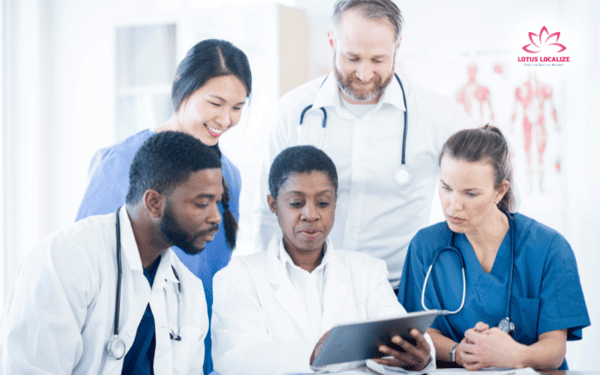
Multilingual desktop publishing (DTP) and engineering capabilities
Medical education materials often require design adjustments post-translation. Make sure the vendor can handle multilingual formatting in tools like InDesign, Articulate Storyline, or Adobe Captivate.
Strong review and QA processes
The best providers follow a multi-step QA process — involving native-speaking translators, subject matter experts, and in-context reviewers — to eliminate errors and ensure the material is educationally sound.
Cultural adaptation, not just translation
True accessibility requires adapting examples, images, or context to suit local norms. A qualified vendor will localize your content appropriately while preserving core messages.
Choosing the right provider for medical education translation isn’t just a logistical decision — it’s a safeguard for learning outcomes and patient safety. A trusted partner brings not only linguistic accuracy, but also educational and cultural insight, ensuring your training content resonates globally. Invest in expertise that understands the stakes, so your programs can educate, empower, and elevate healthcare professionals worldwide.
Using technology to support medical education translation
Modern translation is powered by technology — when used correctly, it accelerates workflows while maintaining high quality.
- Translation memory (TM) and terminology databases: These tools ensure consistency across projects and reduce cost and turnaround time for updates. TM is especially useful when translating recurring phrases in exams or video transcripts.

- Automated quality assurance tools: Built-in QA systems in CAT tools (e.g., memoQ, SDL Trados) help detect formatting issues, missing numbers, and glossary mismatches.
- Integration with LMS platforms: Some advanced vendors offer plug-and-play integrations into platforms like Moodle, Blackboard, or Canvas, allowing seamless delivery of translated training modules.
Accurate medical education translation is not optional — it’s a critical step in building a global healthcare workforce that is skilled, informed, and equipped to meet patient needs anywhere in the world. Whether you’re developing a multilingual nursing program, launching an international online course, or localizing surgical simulation tools, professional translation ensures your message is delivered clearly and safely.
In a world where healthcare challenges are increasingly global, the ability to train across languages is not just a competitive advantage — it’s a necessity. Partnering with the right medical translation service provider enables your institution to expand its reach, improve learning outcomes, and contribute to a healthier, more connected world.
If you have any questions or need assistance with document translation services for many industries: life sciences translation, education translation, technology translation, financial translation, marketing translation, manufacturing translation, government translation,… and interpretation services: escort interpreting, simultaneous interpretation, remote interpretation, and localization services: software localization, game localization, app localization,… please contact Lotus Localize immediately at +84 866 224 968 or visit the website: lotus-localize.com for advice on the best solutions!
QUALITY PROMISE
Lotus Localize offers consistent, high-quality service delivery in all customer engagements. Our in-house translators and staff adhere to well-established business processes, allowing us to communicate properly, deliver on time, and surpass client expectations.
